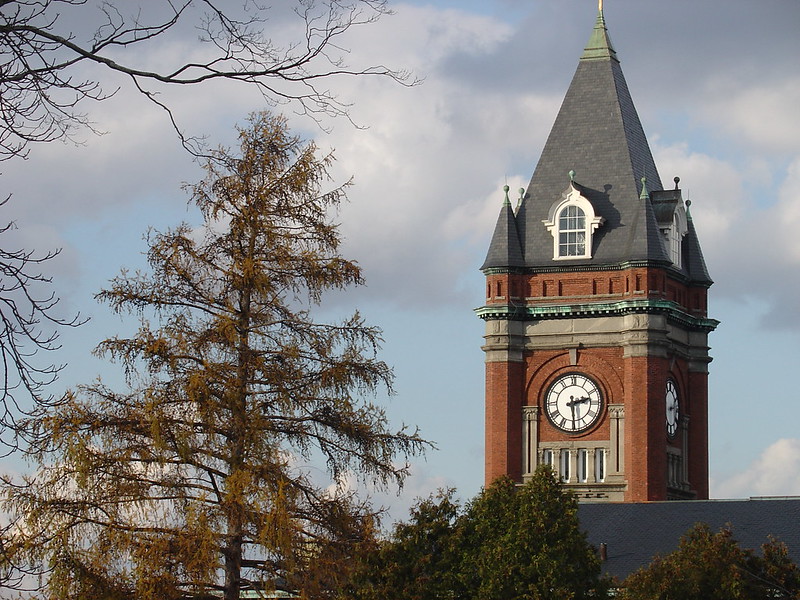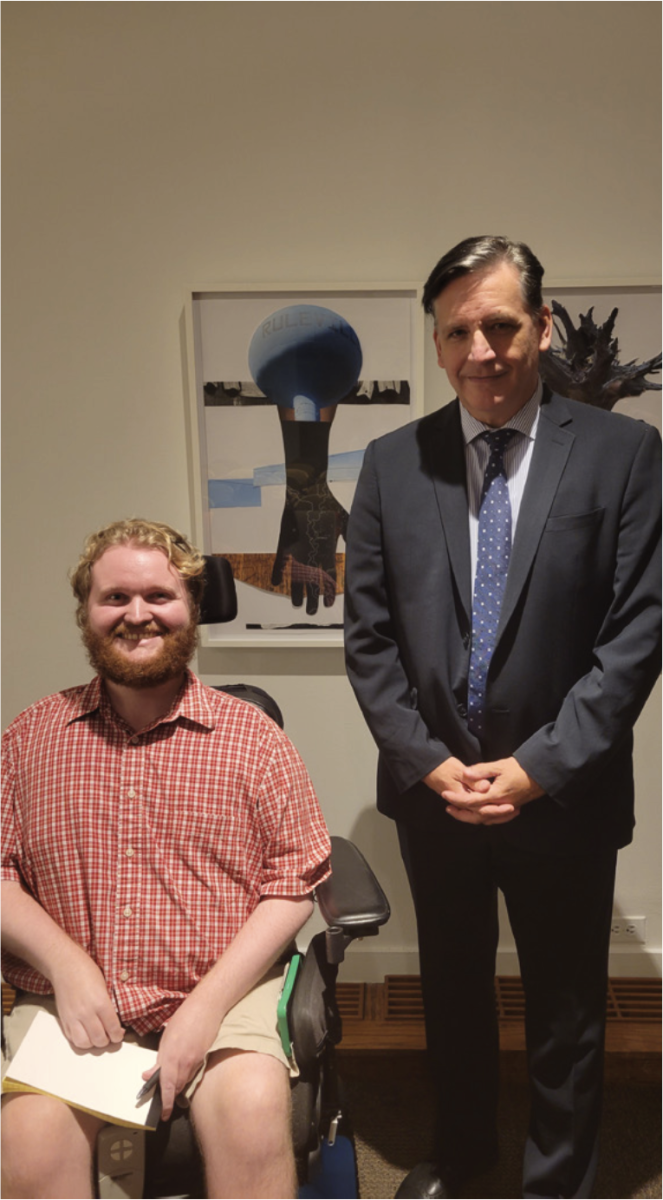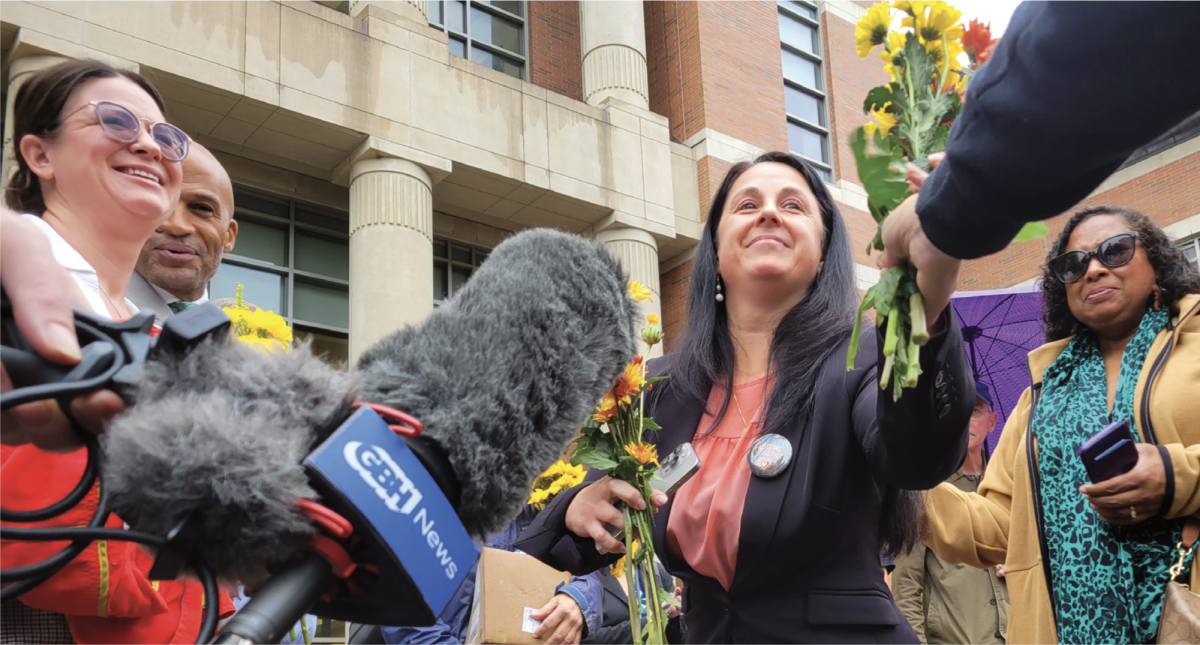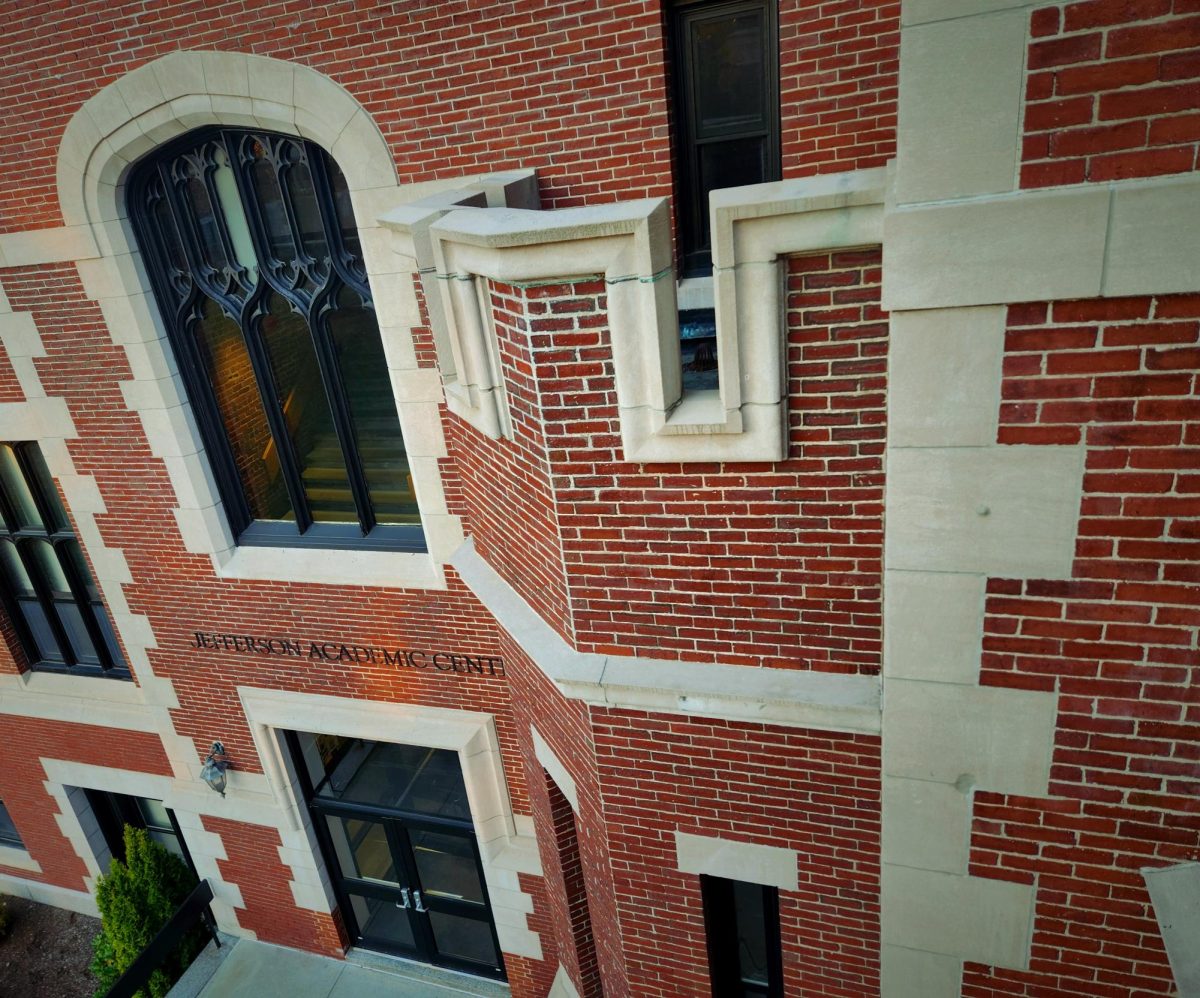On Oct. 9, College of the Holy Cross announced that families with an income less than $100,000 will receive a full tuition grant. This will lower the financial barrier to attending Holy Cross for low-income students and their families. Previously, during the 2022/2023 academic year, this eligibility only covered an income of $75,000.
Holy Cross’s President, Vincent D. Rougeau, explained the purpose of this decision in a press release.
“One of Holy Cross’s top priorities is to ensure that talented students from all backgrounds can access a Holy Cross education and be supported to flourish on our campus and beyond,” Rougeau wrote.
Holy Cross has made several steps towards equity in the past few years. They went test-optional for the SAT and ACT in 2005, seven years before Clark University. Holy Cross is one of a few dozen schools in the country to promise 100% demonstrated financial need.
Clark advertises themselves as a school striving for an inclusive, equitable environment, so why haven’t they followed in the footsteps of Holy Cross?
How do Clark University and Holy Cross Compare?
Without aid, Holy Cross charges $83,320 for tuition, not including room and board. Clark University’s estimate of the same costs is $75,707, making the difference $7,613.
Clark University may officially cost less than Holy Cross, but do students pay less? Clark University’s 2022/2023 common dataset states the average need-based scholarship was $35,829. Holy Cross’s average for the same year was $42,303.
According to the New York Times higher education financial data project, The Upshot, the median income of Holy Cross students is $170,000. For Clark students, it’s $114,600.
The above data suggests that on average, Holy Cross students come from wealthier families compared to Clark students. So, Holy Cross is able to charge more for tuition. This also gives them more opportunities to provide larger need-based scholarships than Clark.
Average wealth of Holy Cross students marks a step towards growing opportunities for lower-income students. Clark’s wealth gap is smaller but remains a marker of inequality.
At the end of the press release, President Vincent Rougeau reaffirmed Holy Cross’ commitment to furthering student equity,
“We are proud to deepen our commitment to expanding educational opportunities for more young people.”




